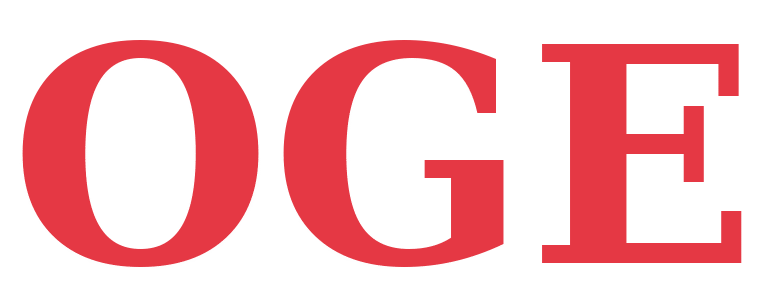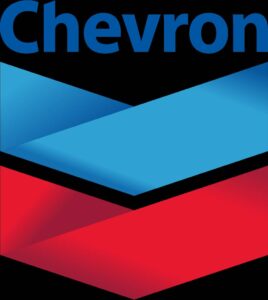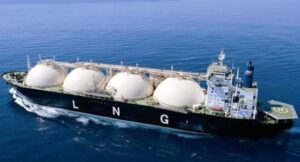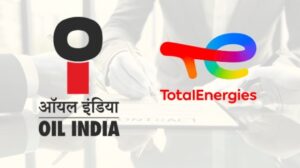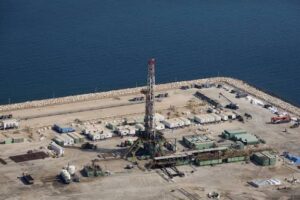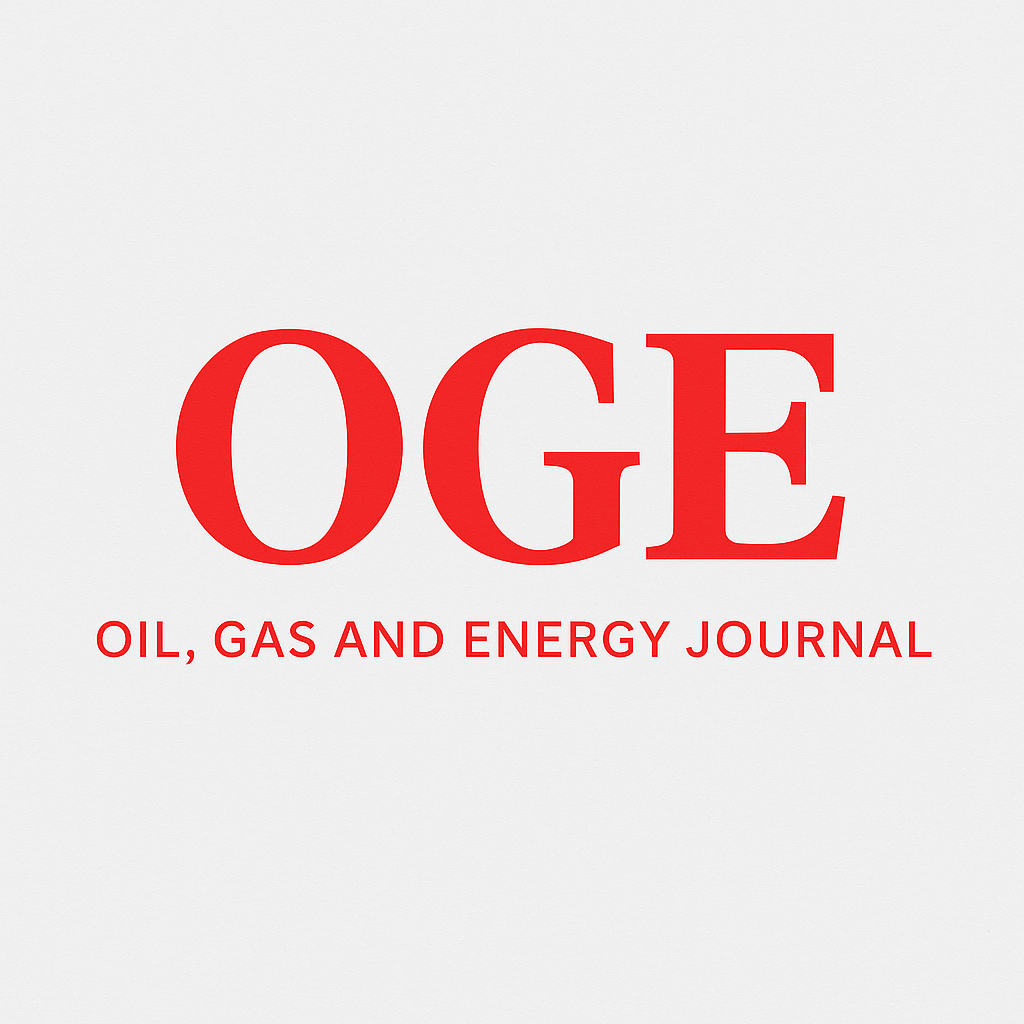l
Despite being a relatively new oil-producing nation, Senegal has turned to Nigeria to fuel its lone refinery, highlighting Nigeria’s growing role in regional energy supply.
Senegal began crude production in mid-2024 from ppthe Sangomar field, which yields around 100,000 barrels per day of medium sour crude. While most of this output is exported to Europe—mainly Spain, Italy, and the Netherlands—the Dakar Refinery, with a capacity of 30,000 barrels per day, cannot process Senegal’s heavier, sulphur-rich crude.
To meet its refining needs, the Dakar plant has been relying on Nigeria’s Erha crude, a lighter and sweeter grade that aligns with its configuration. Recent data shows that Nigeria has been supplying approximately 30,000 barrels per day to the refinery, underscoring its critical role in keeping Senegal’s refining operations running.
Analysts note that Sangomar crude would require blending to be suitable for local processing. Meanwhile, Senegal still depends heavily on refined product imports to meet domestic demand. Between 2024 and 2025, the country imported 90,000 to 100,000 barrels per day of fuels, with about 50–60% coming from Russia, primarily in the form of gasoil, diesel, and fuel oil.
Looking ahead, Phase 2 of the Sangomar project—which plans 33 new wells—is expected to start around 2027, keeping crude production steady at 100,000 barrels per day. Until then, Nigeria’s Erha crude and imported fuels, especially from Russia, will remain central to Senegal’s energy supply.
The reliance on foreign crude highlights a broader challenge for local refineries across West Africa, with facilities like the Dangote refinery in Nigeria also increasingly sourcing crude from the United States to meet production targets.
